Following his research trip to Bhutan in November and December 2014, Dr Jo De Baerdemaeker started the self-initiated postdoctoral research project and font family design project ‘Sherpa: the writing systems of the Himalayas’ in which he studies the different writing systems that are used in the region of the Himalayan mountain range in Asia.
His research investigates the origin and development of these scripts in different paleographic and typographic styles, with the purpose of designing and developing the Sherpa font, a digital type family for typesetting the languages and dialects of the Himalayas in their scripts of origin, with corresponding Latin transliterations and translations.
The project starts with studying, and designing the Sherpa typeface, for the Lantsa (Rañjanā) script, and will continue with Tibetan, Phags-pa, Lepcha, Mongolian, Soyombo, and Devanagari scripts.
The decorative Lantsa script (also referred to as Lantsha, Lentsa, Lanca, Lanydza, or Rañjanā) is an ancient writing system that originated in India and is derived from Guptan Brahmi. It developed during the eleventh century and has been in use for many generations in India, Nepal (by the ‘Newar people’), Tibet, Bhutan, the Himalayan region, and Mongolia. Tibetans and Bhutanese use Lantsa specifically for writing book titles of religious and literary texts that have been translated from Sanskrit to Tibetan, and also for ornamental wood engravings, inscriptions and paintings of Buddhist seed syllables, mantra’s or mandala’s in temples, monasteries, stupa’s, palaces and dzongs.
Given that Lantsa has never been represented as a (letterpress or hotmetal) printing fount –other than in writing, calligraphy, lettering and xylography– this first stage of the research project concentrates on finding cultural, stylistic and technological clues for designing and developing a contemporary digital font for the Lantsa writing system. De Baerdemaeker analyses and compares the different examples of Lantsa which he proofed in situ, in archives and library collections during his study visits in Bhutan, Tibet, Mongolia, Nepal, India, and at various European institutes.
Partners
The Sherpa project would not be possible without the generous support of the National Library of Bhutan (Thimpu), the National Library of Mongolia (Ulaanbaatar), The British Library (London), the Library of Tibetan Works and Archives (Dharamsala, India), Madan Puraskar Pustakalya (Kathmandu, Nepal), Tibetan Institute Karma Sonam Gyatso Ling (Schoten, Belgium), Kagyu Samye Dzong Institute (Brussels, Belgium), the School of Oriental and African Studies (London), and Museum aan de Stroom (MAS, Antwerpen, Belgium).
More information on ‘Sherpa: the writing systems of the Himalayas’ can be requested via jo@studiotype.be or at www.sherpafont.com

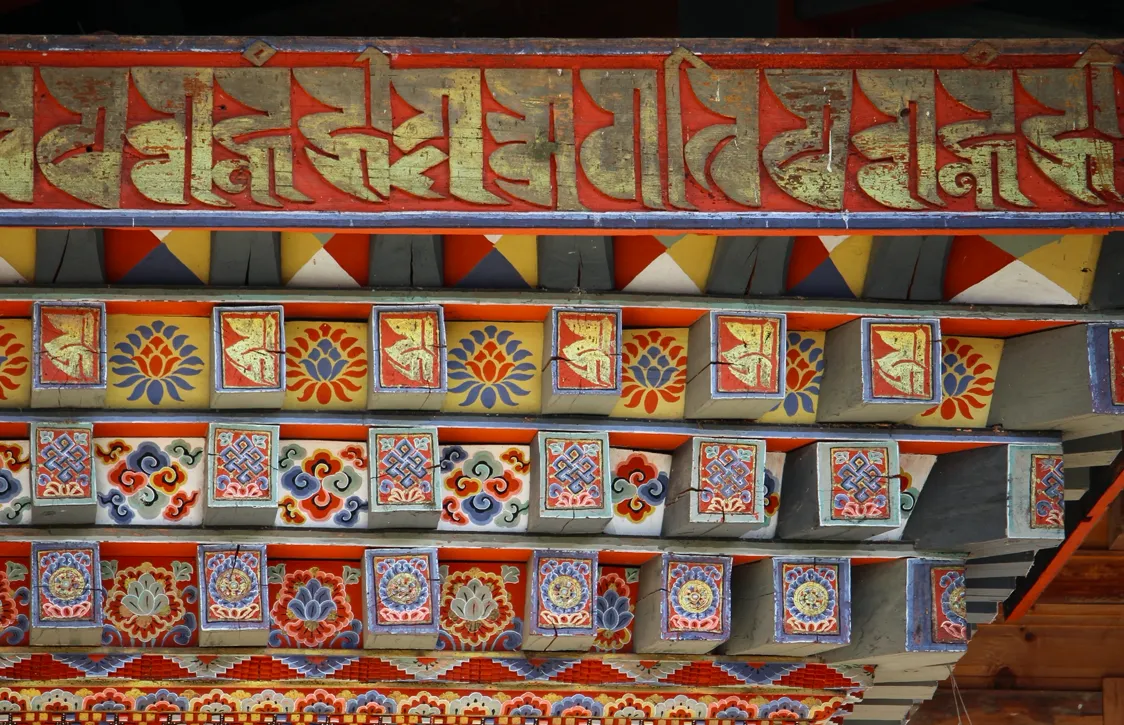
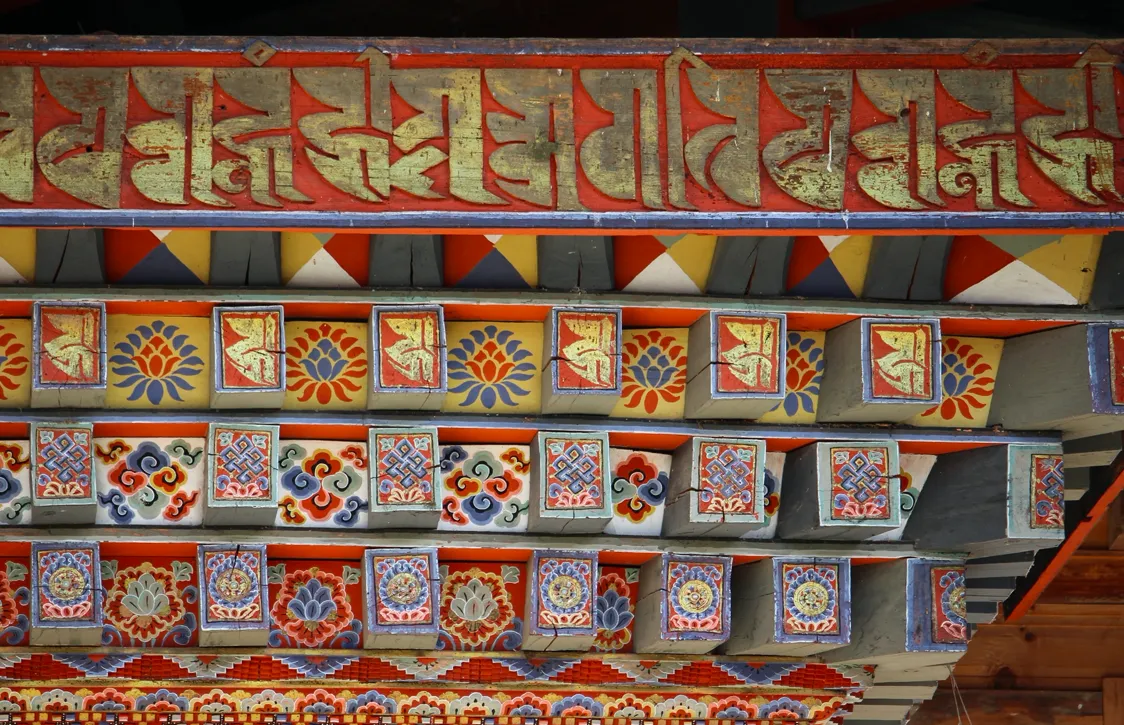
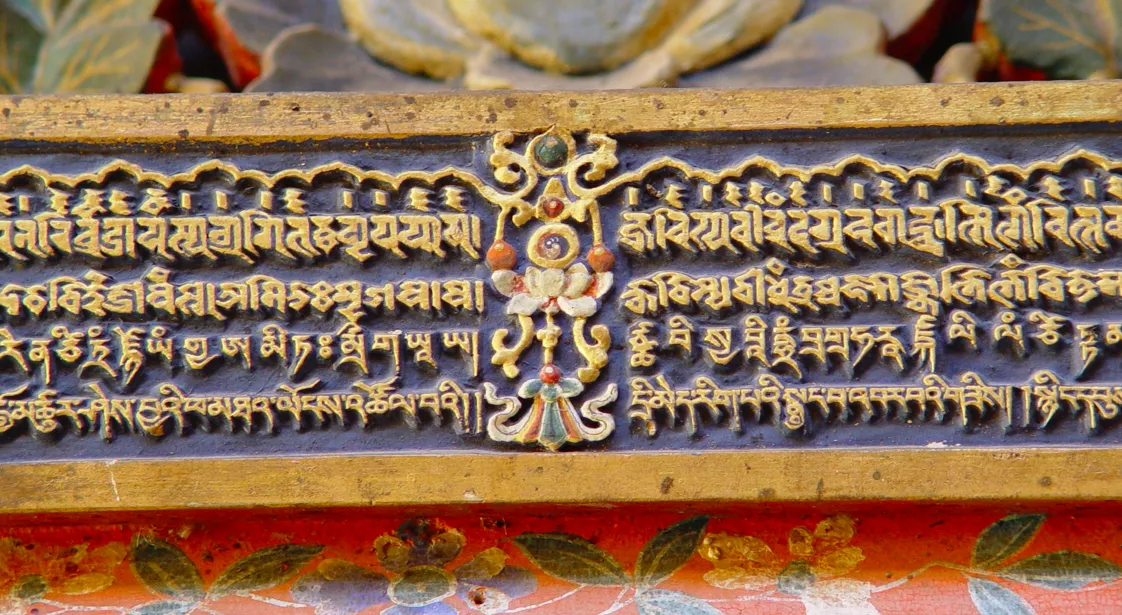
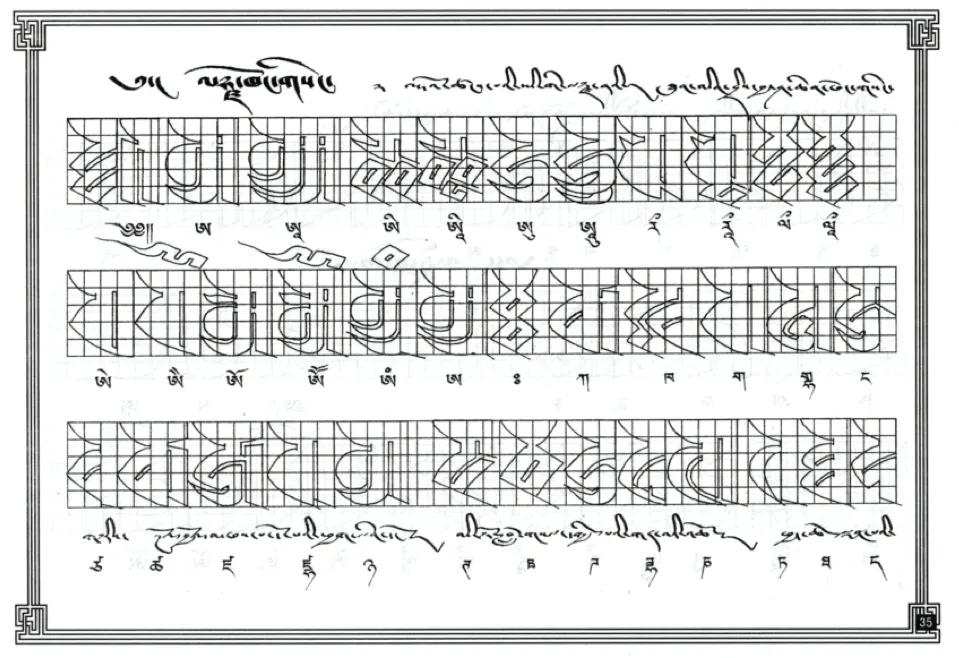
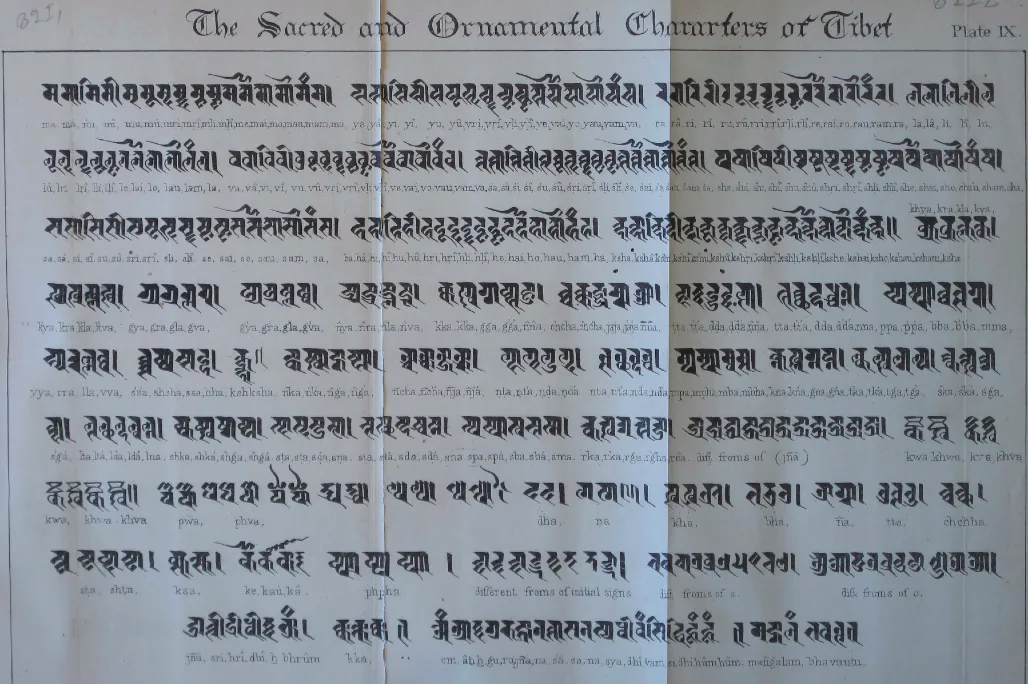
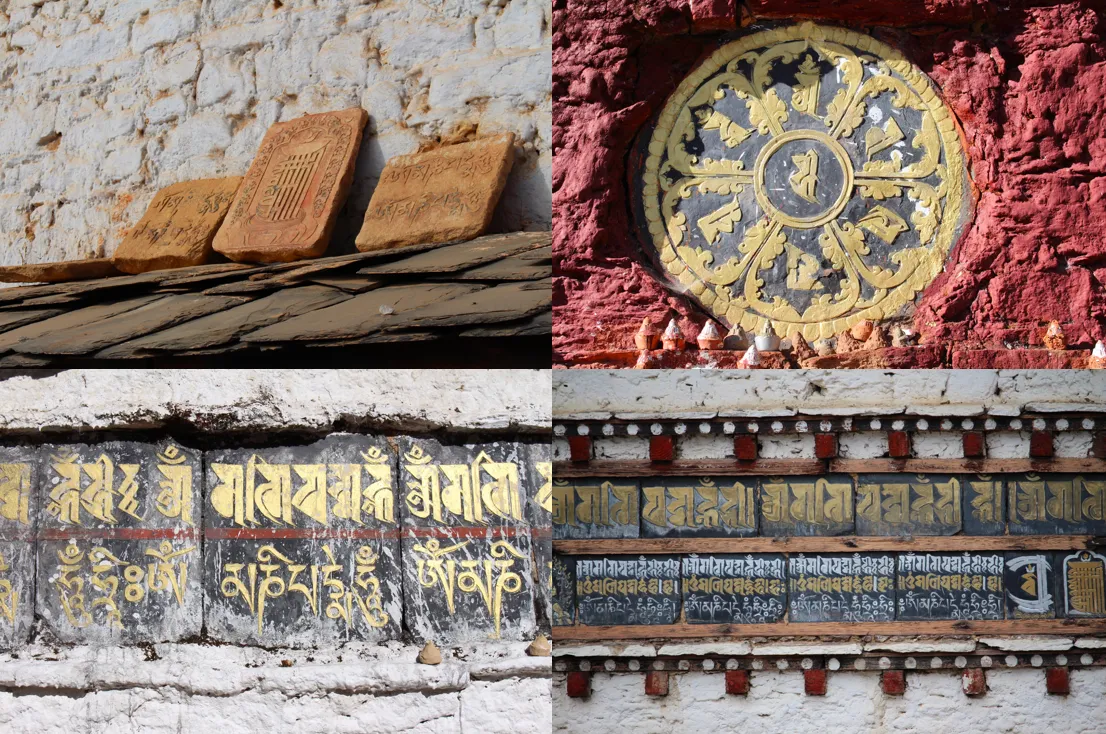
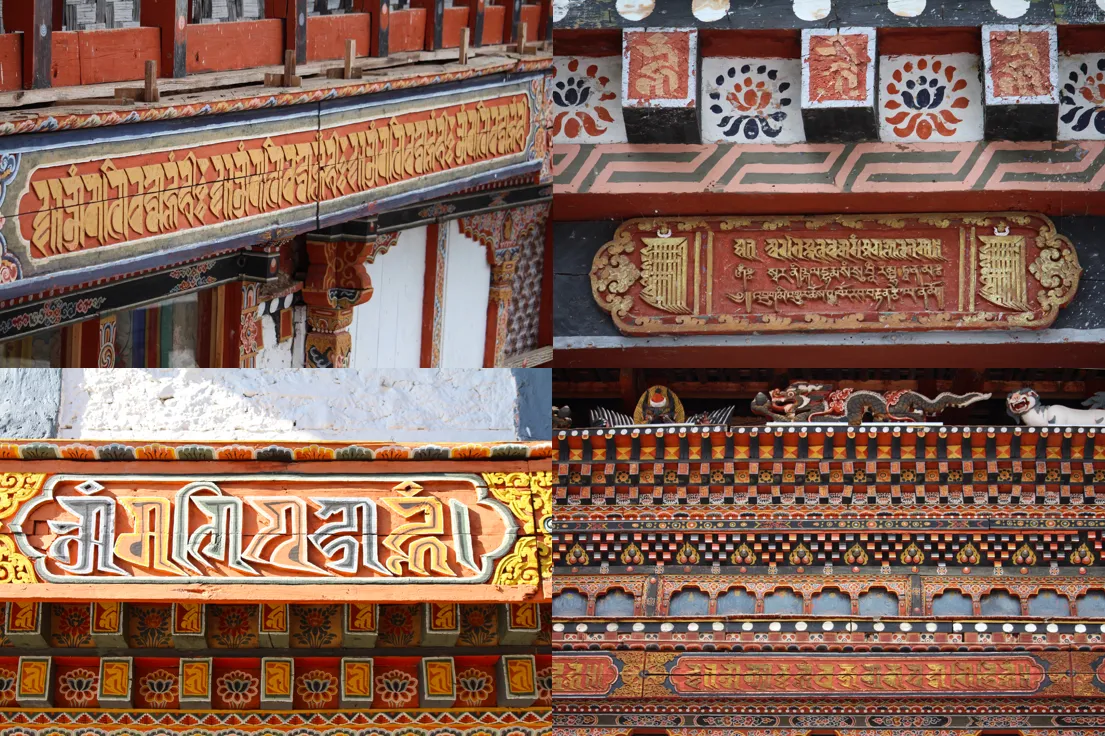
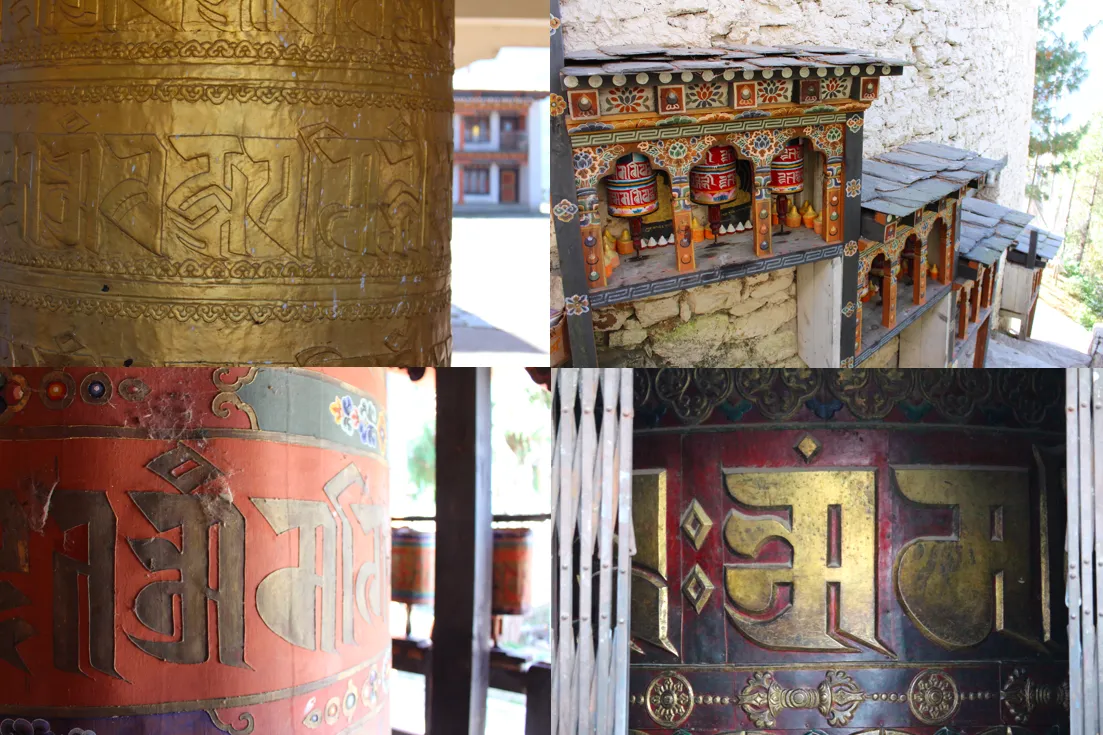







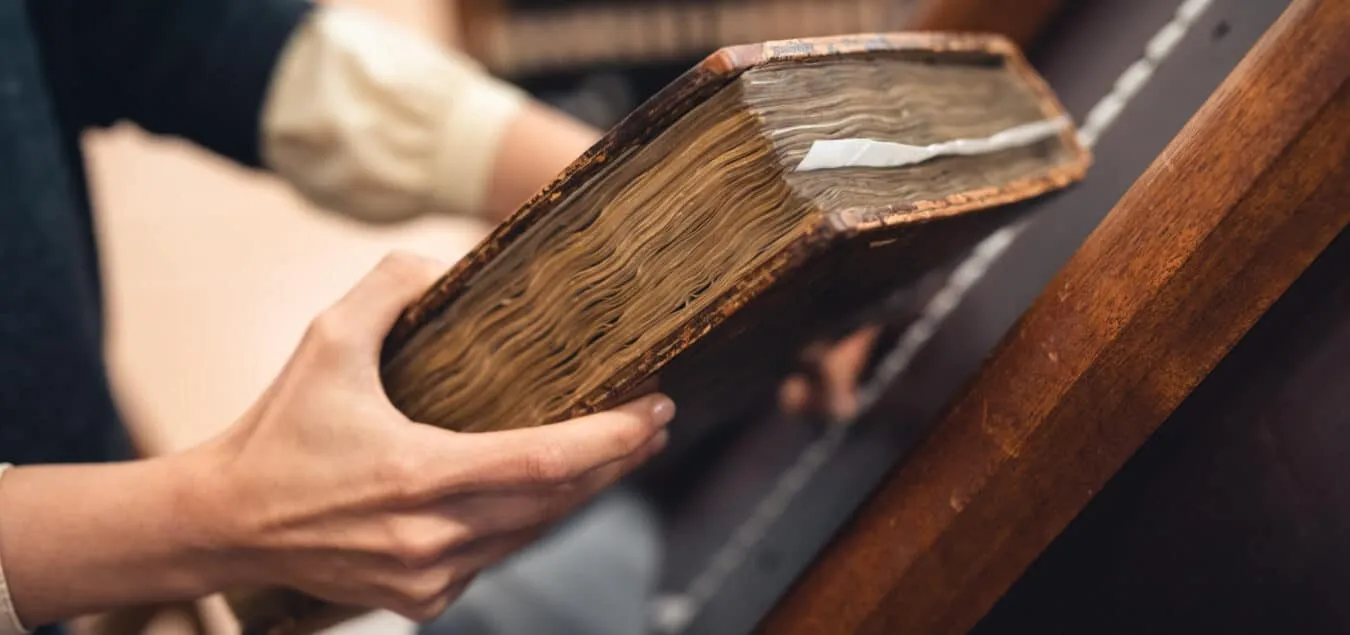











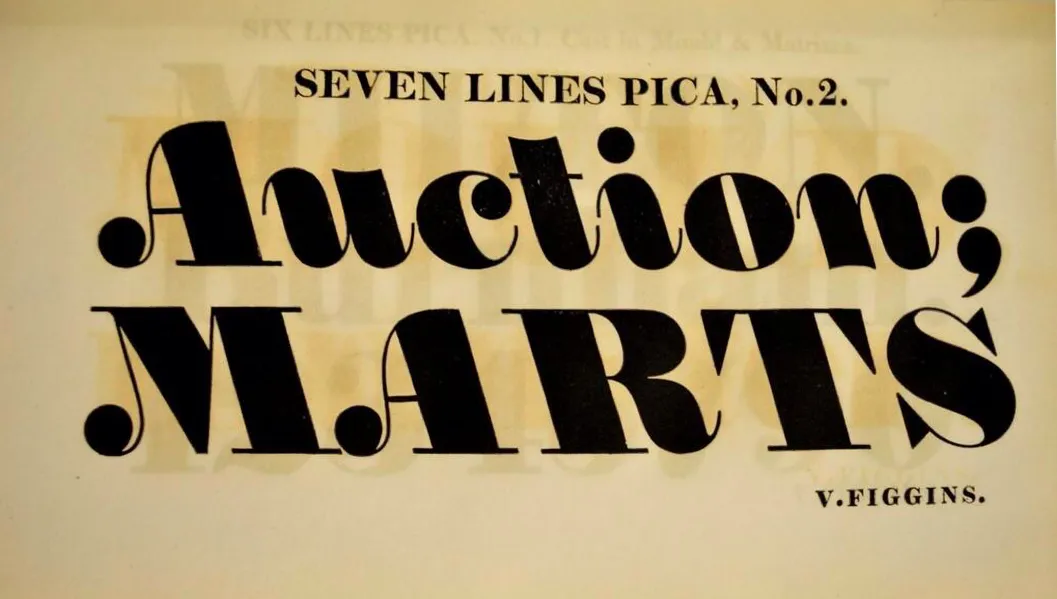

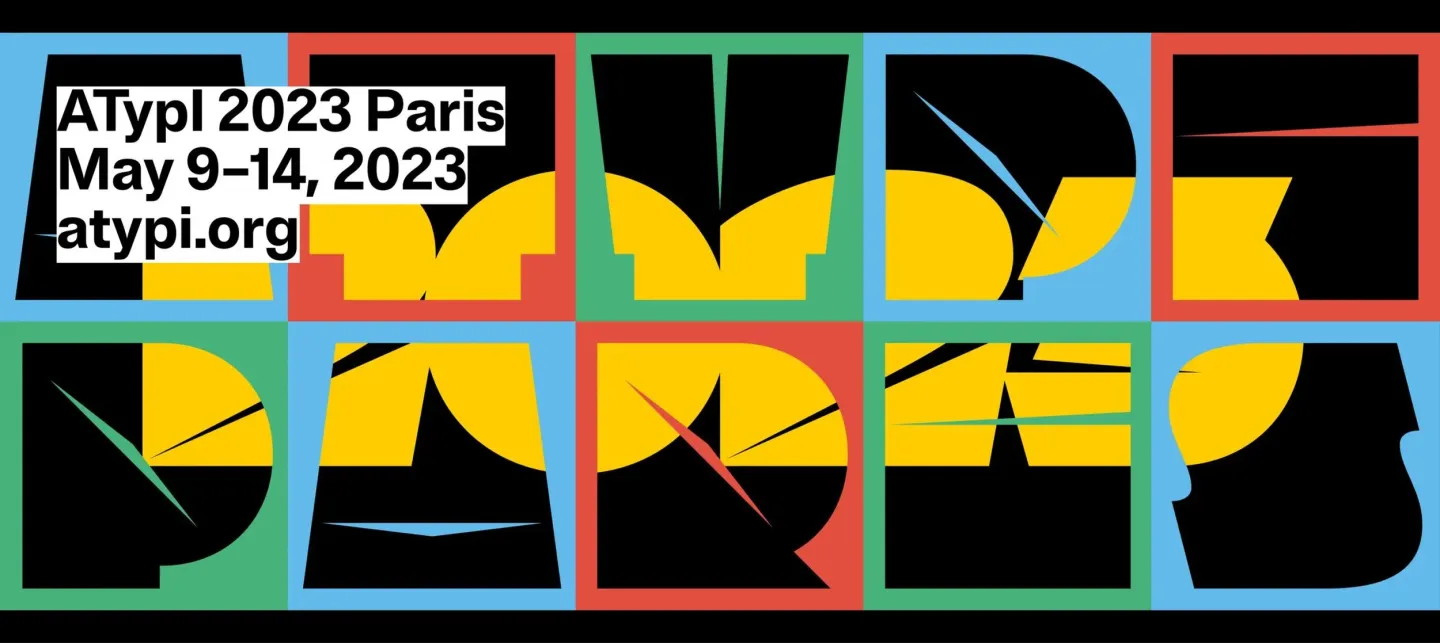



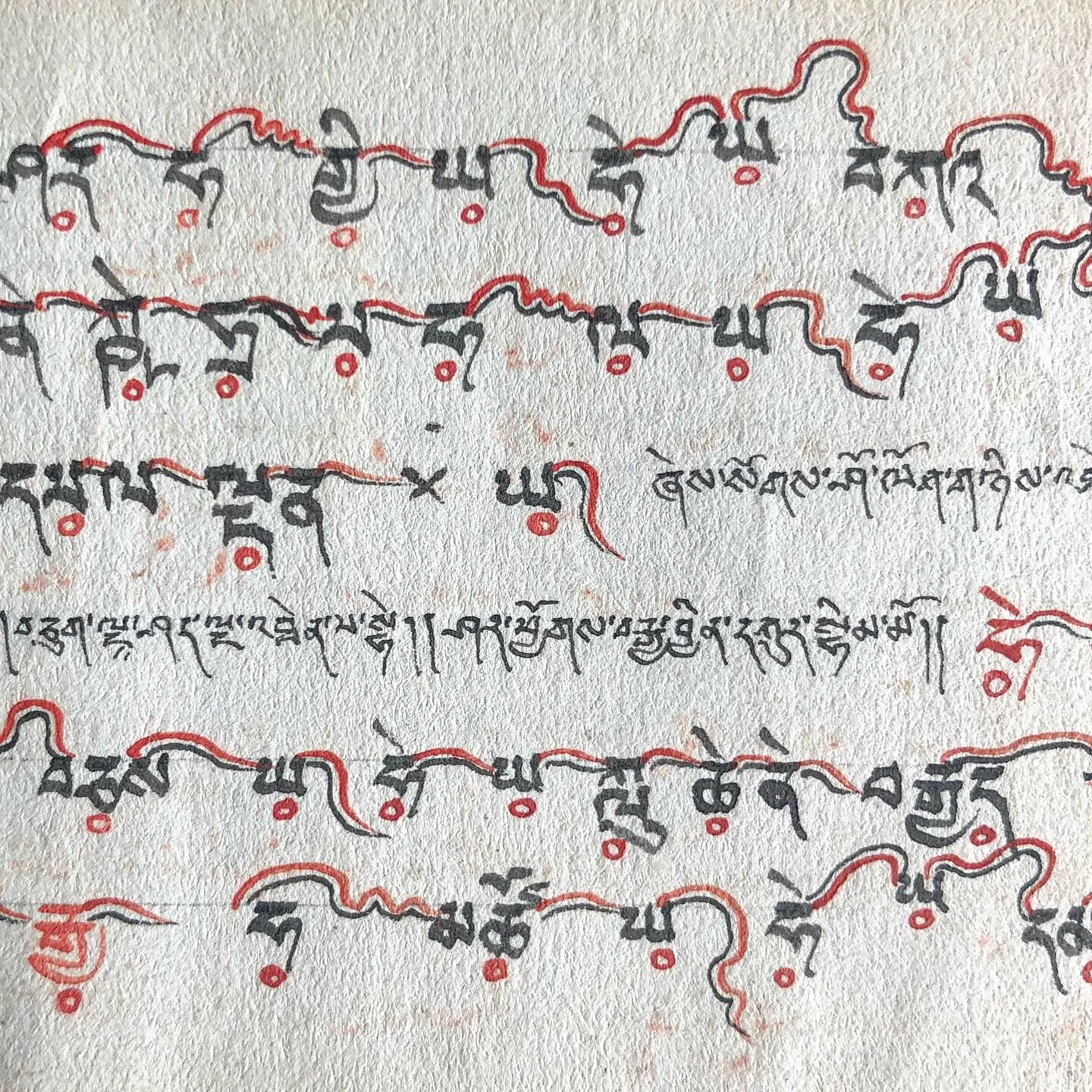

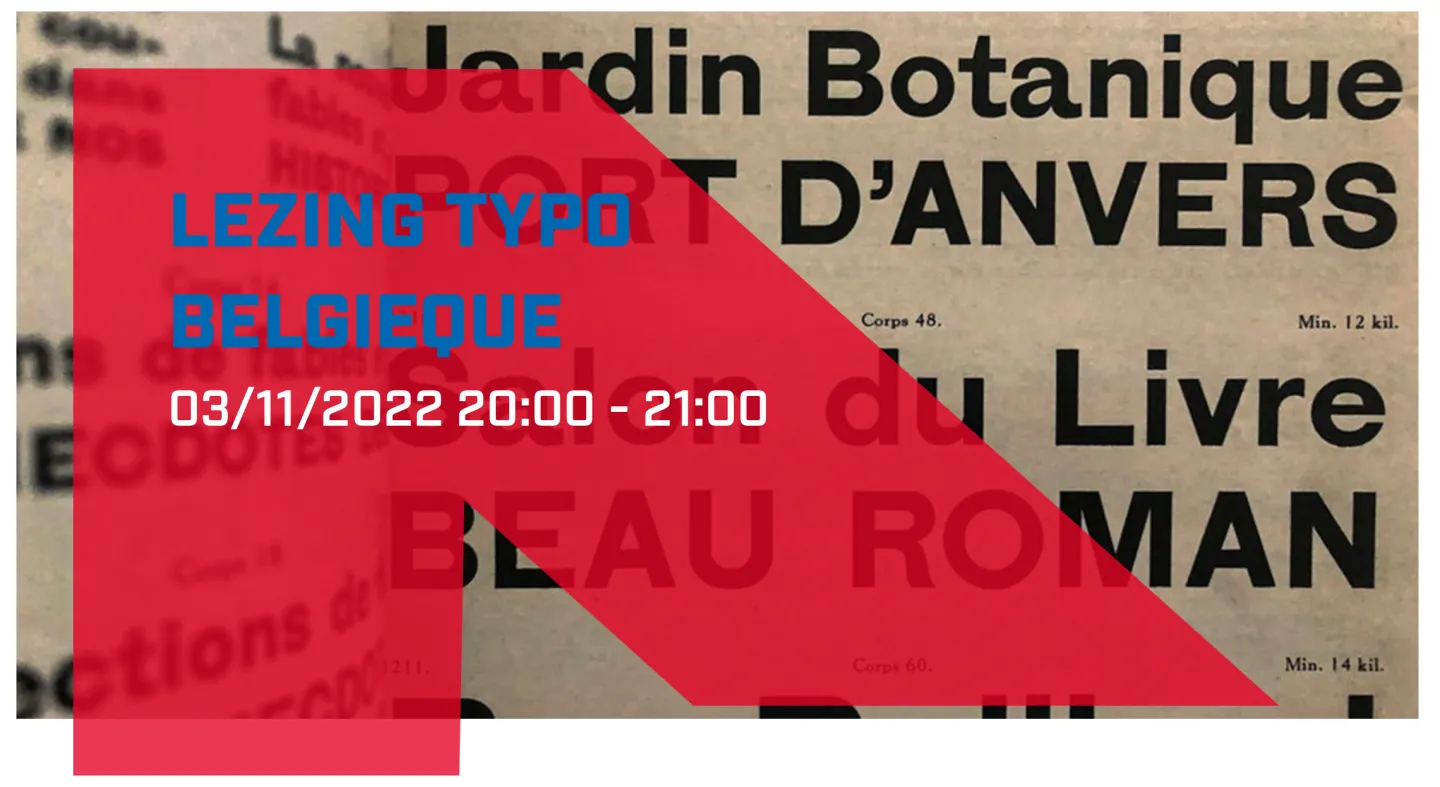

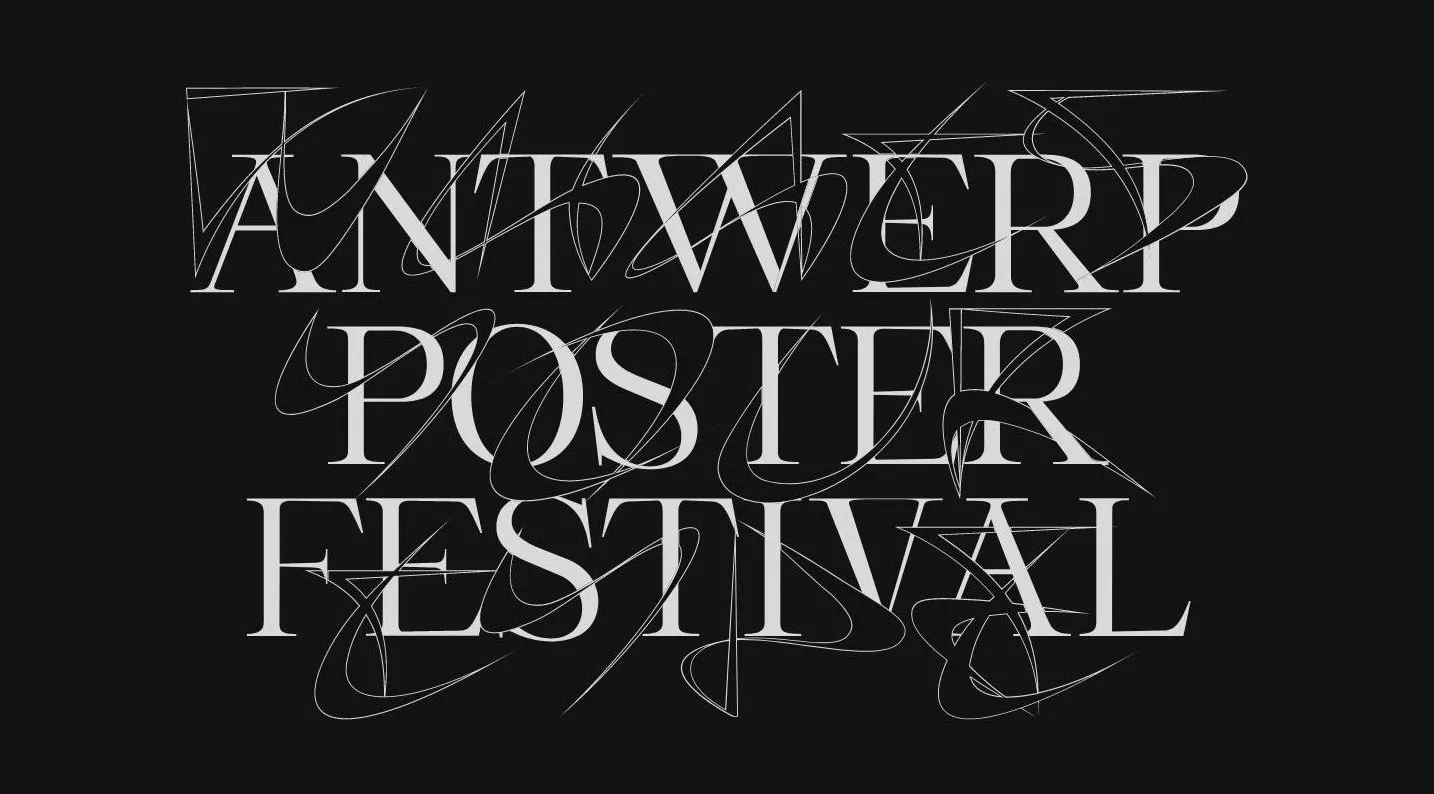





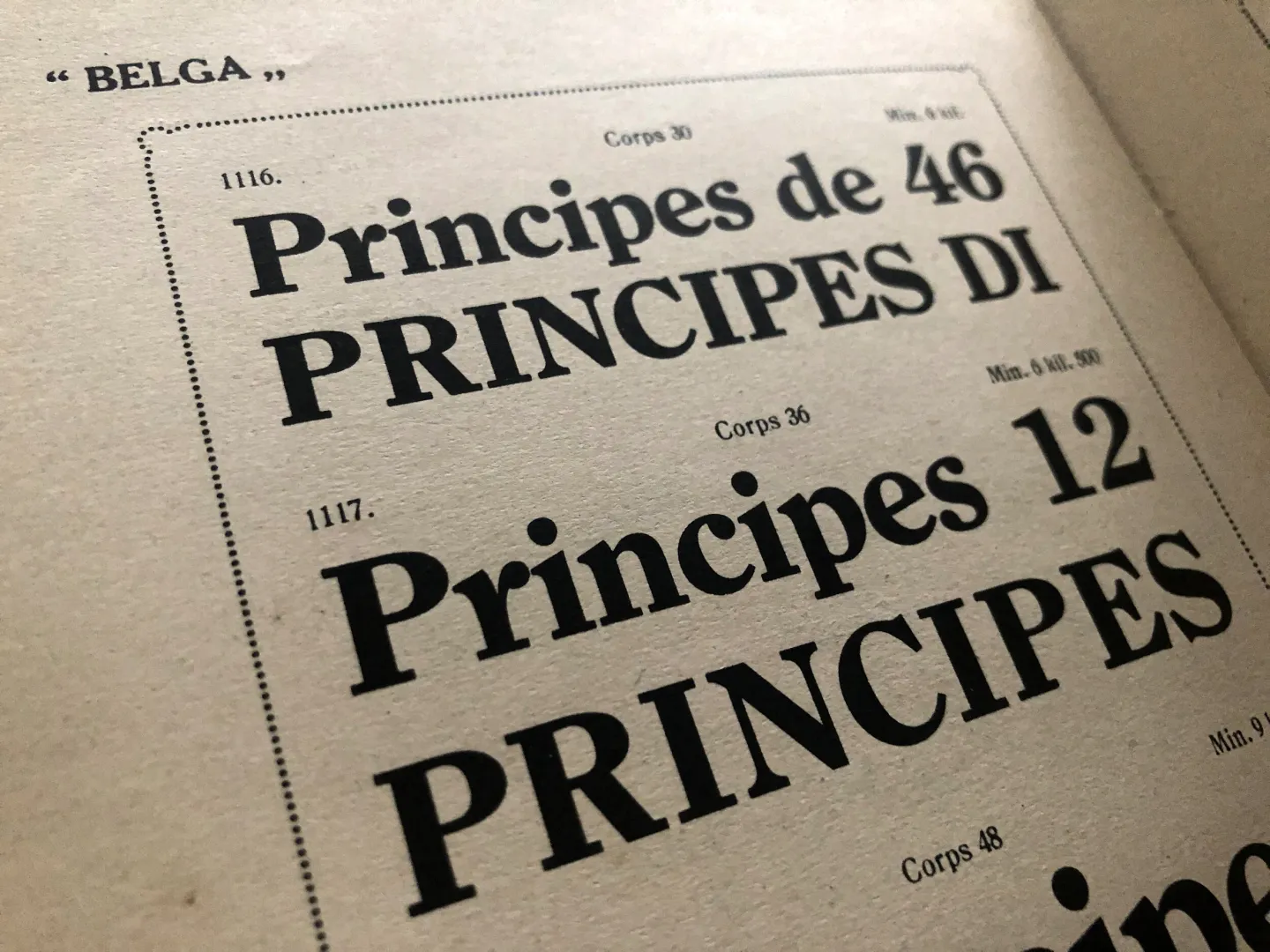









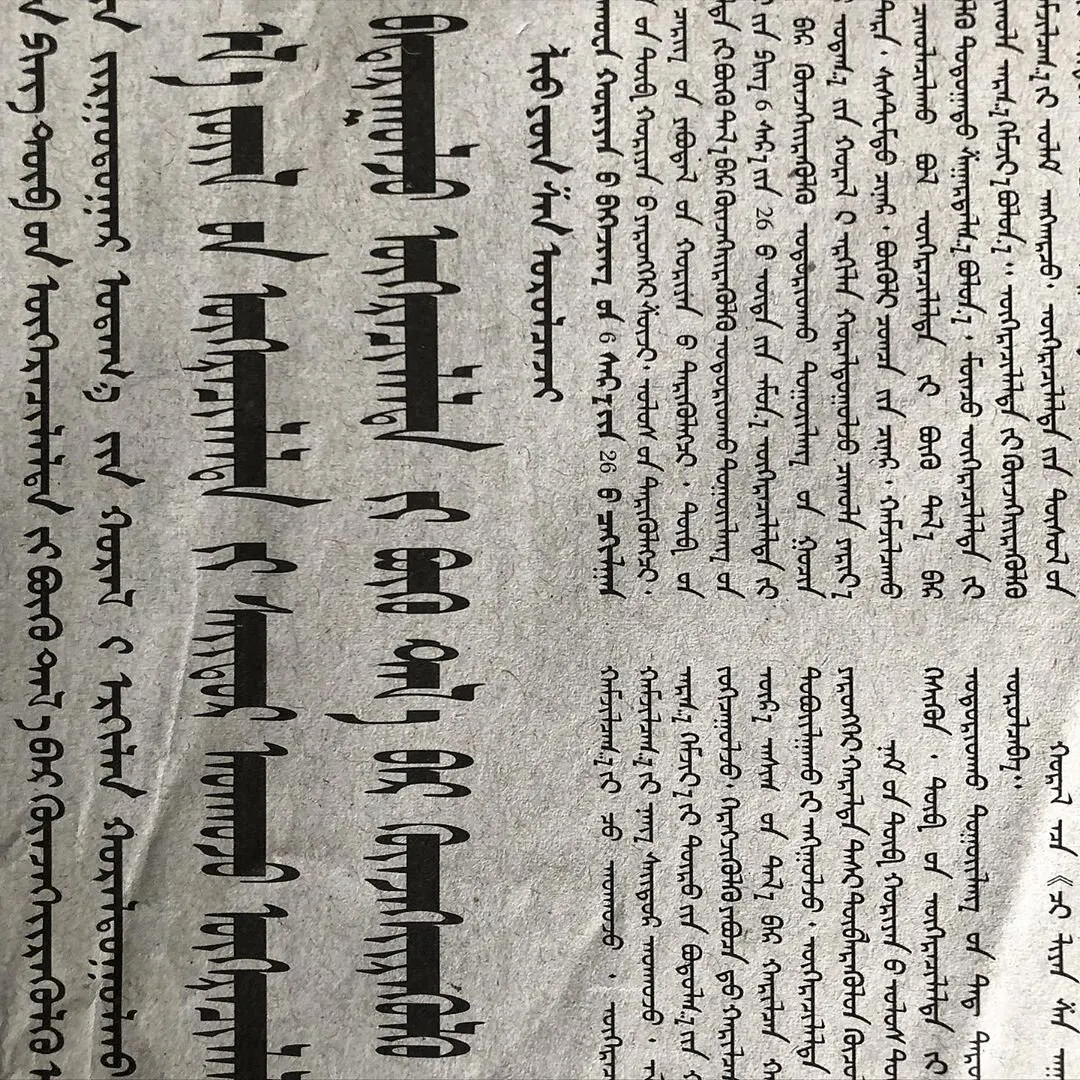

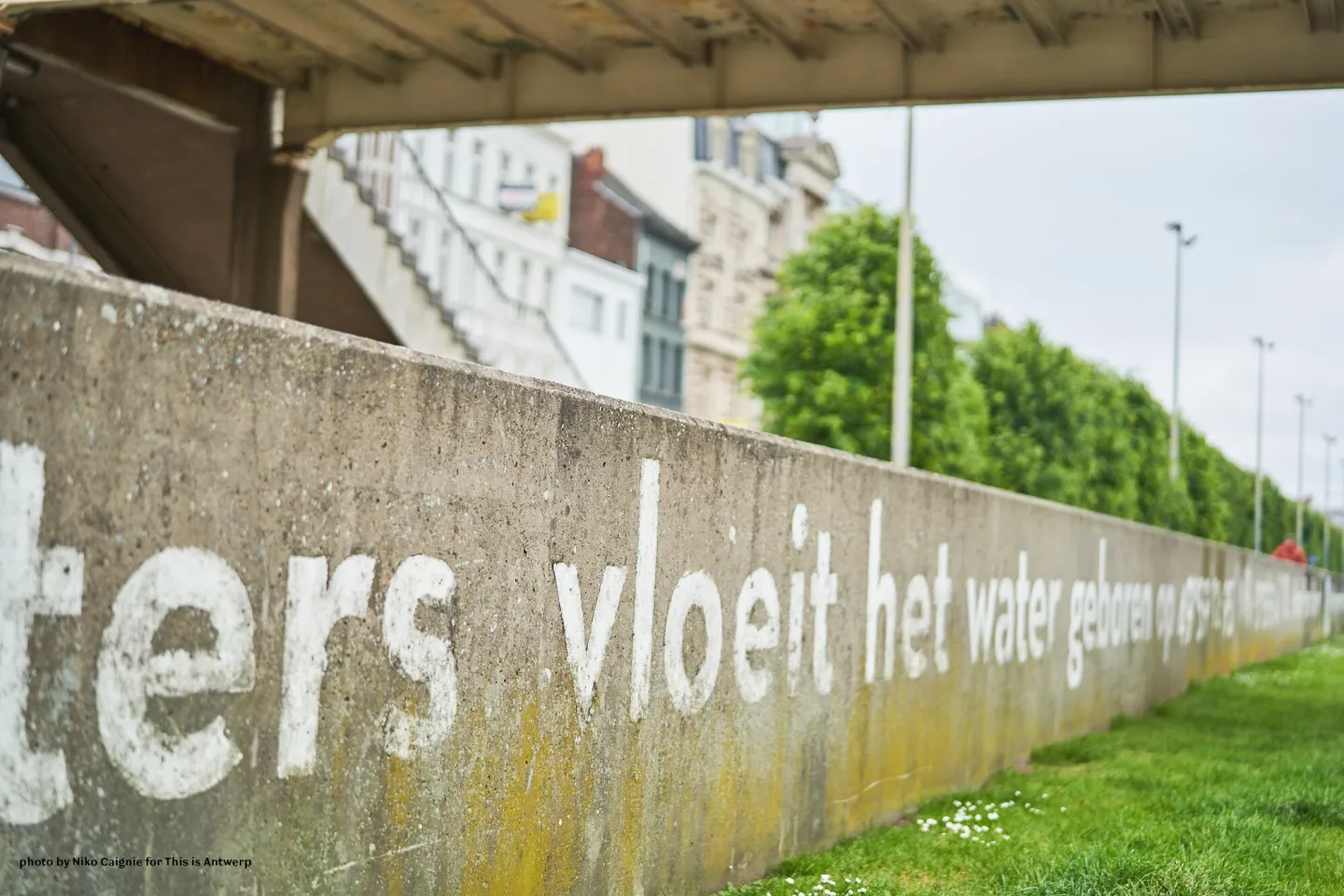

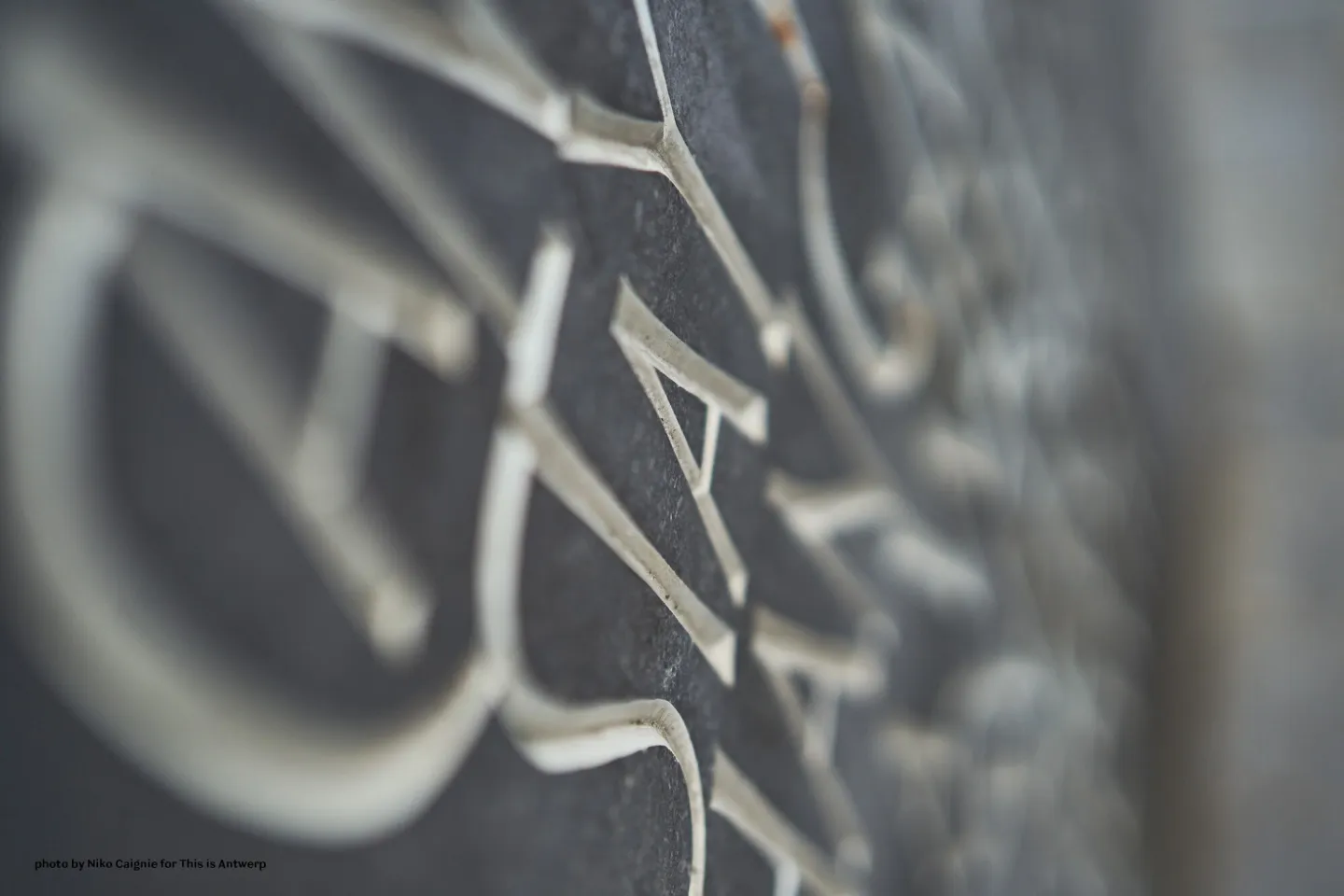



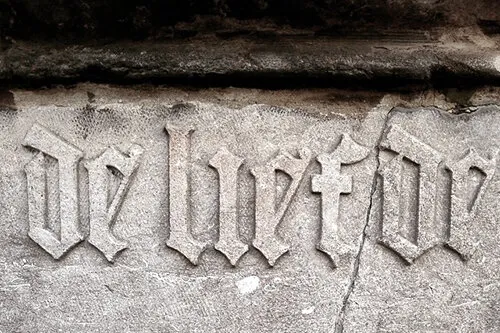

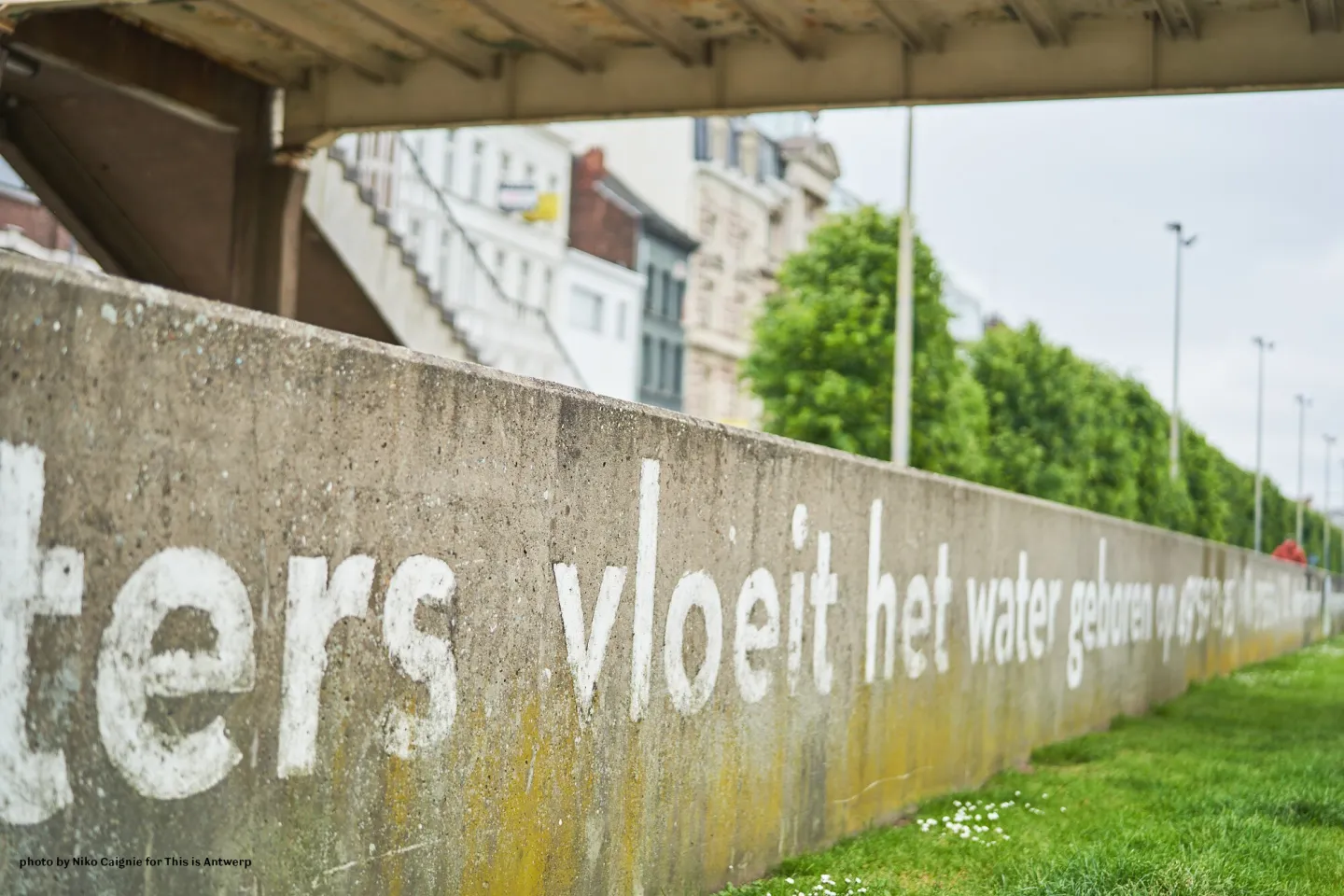

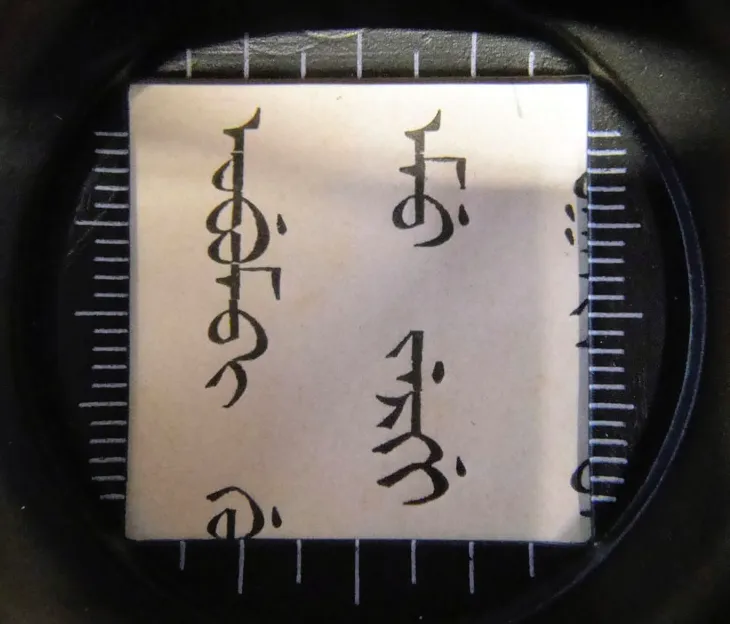

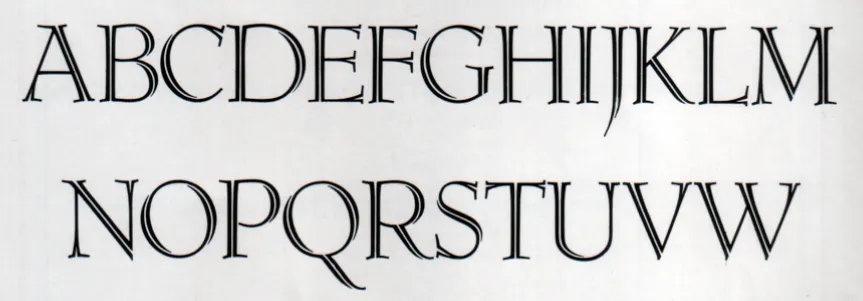







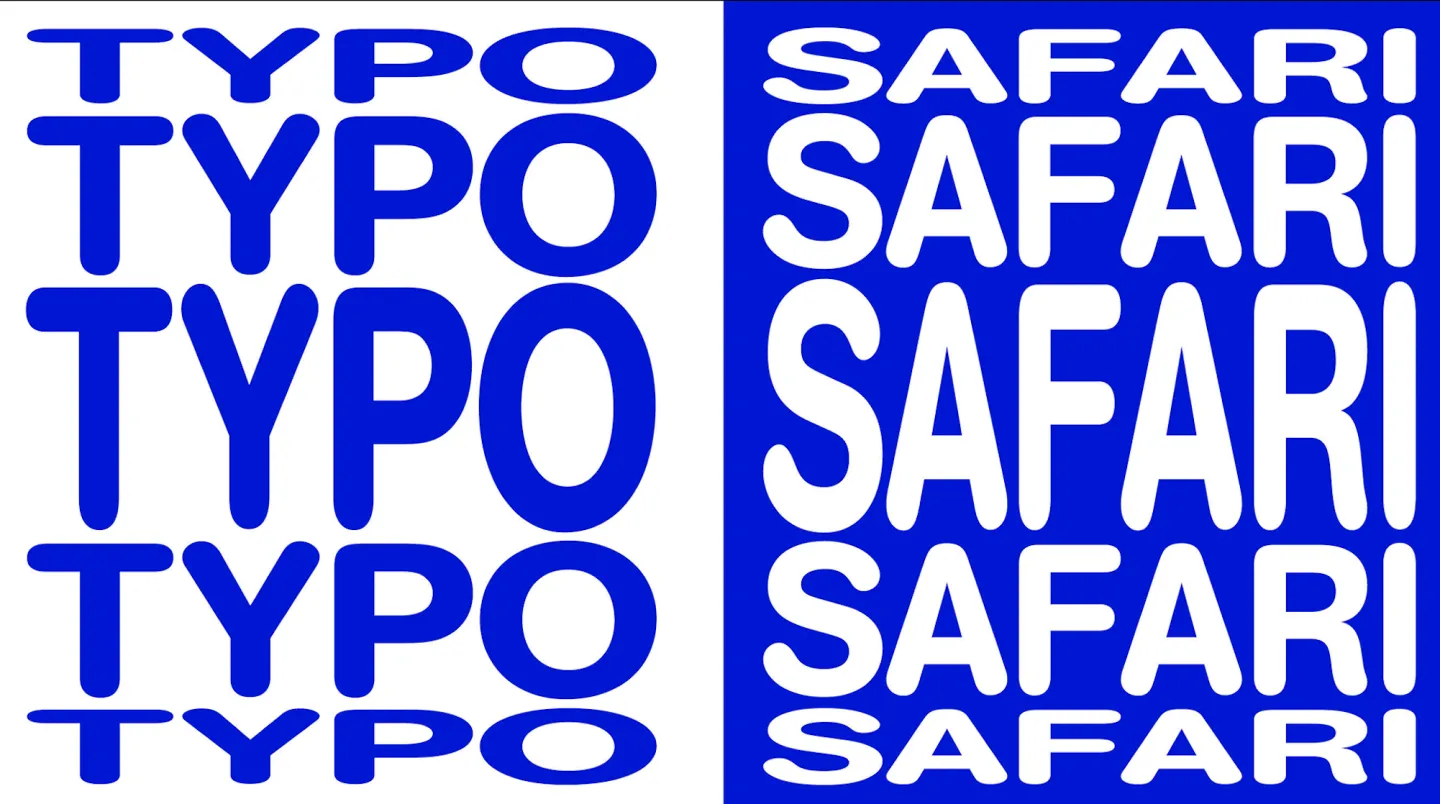

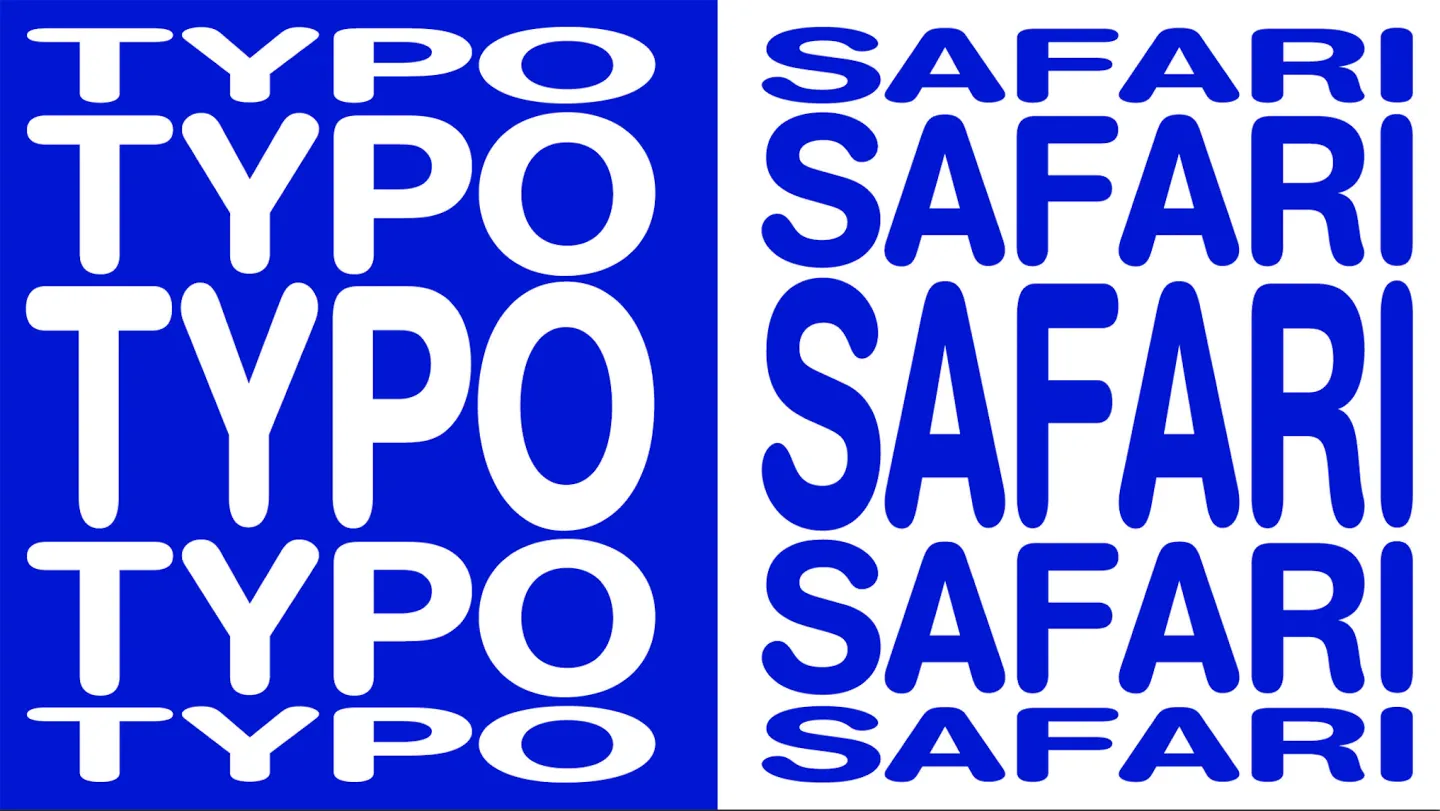



![talk [free]: Tibetan Typeforms – the historical development of Tibetan Typefaces]( https://studiotype.be/media/pages/blog/talk-free-tibetan-typeforms-the-historical-development-of-tibetan-typefaces/eb0e045741-1715264037/tt1jdb-1440x.webp)

![typewalk Antwerp 10 [cancelled due to new covid-19 regulations]]( https://studiotype.be/media/pages/blog/typewalk-antwerp-10-cancelled-due-to-new-covid-19-regulations/10dc578a66-1715264037/date-type-walk-021-1440x.webp)